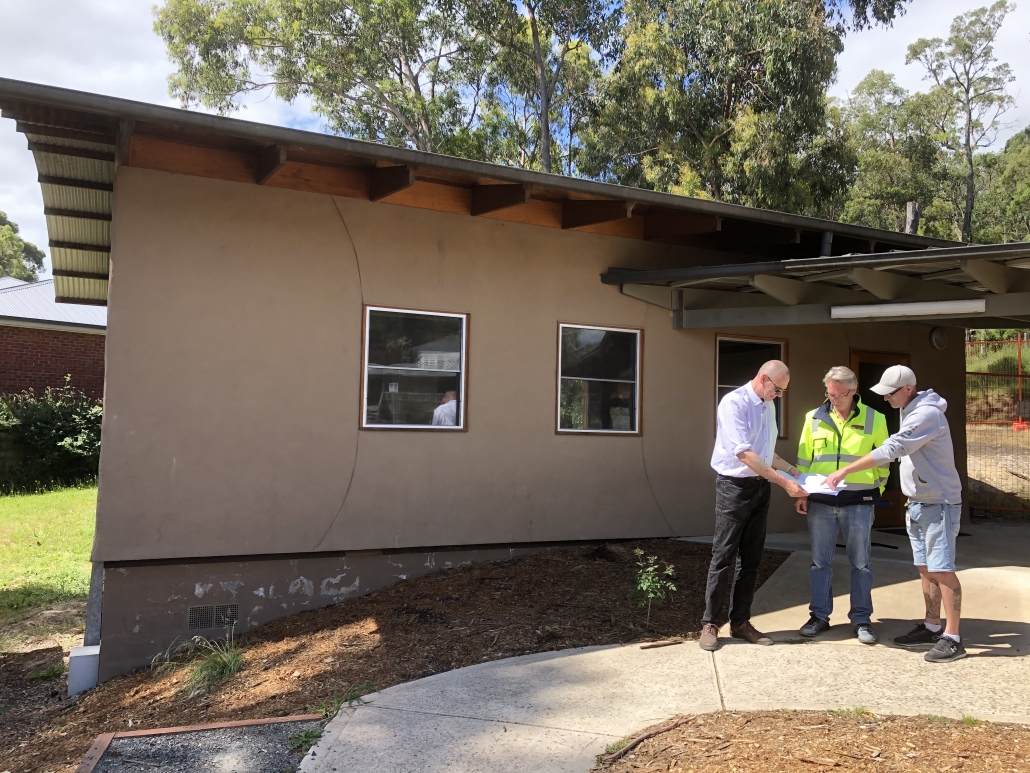New Hospitality Training Centre for Cire Community School
Career pathways for students at Cire Community School will receive a major boost with the opening of the school’s new hospitality training centre at the start of 2020.
The purpose-built training facility will enhance the learning experiences for students from both the school and Cire Training, greatly enhancing and expanding their potential career opportunities in the hospitality industry.
It will also hugely benefit a social enterprise run by students from the existing basic and small kitchen in the Cire church building.
Costing more than $500,000, Cire CEO Gus Seremetis said the development would boost the school’s growing reputation as a school of choice and place of positive learning.
‘The hospitality training centre is particularly relevant for our students because of the continuous of tourism in our region and ambitious plans for the future including the Ride Yarra Ranges project.’
‘Our state-of-the-art commercial kitchen will encourage Cire Community School students to participate in hospitality studies and skills which will be highly sought after to cater for the continuously growing number of visitors to the Yarra Valley and surrounds.’
Adding to the project, Cire has received a $20,000 Local Schools Community Fund grant to assist with landscaping and creating areas for relaxation and developing a vegetable garden. The vegetable garden will help promote healthy eating and reinforce the paddock-to-plate learning.
The Yarra Valley is renowned for hospitality and tourism, however, according to local traders there is a skills gap. Being able to train students to a high standard onsite, means the initiative will be of great benefit to local business, the broader region as well as the students and Cire’s reputation as a visionary organisation.
The Warburton Mountain Bike Destination Project and Yarra Valley Trail Project alone promise to create many new jobs in the near future to cater for the anticipated boom in visitor numbers.
It is envisaged the new facility will be used by other Cire operations and the broader community.



